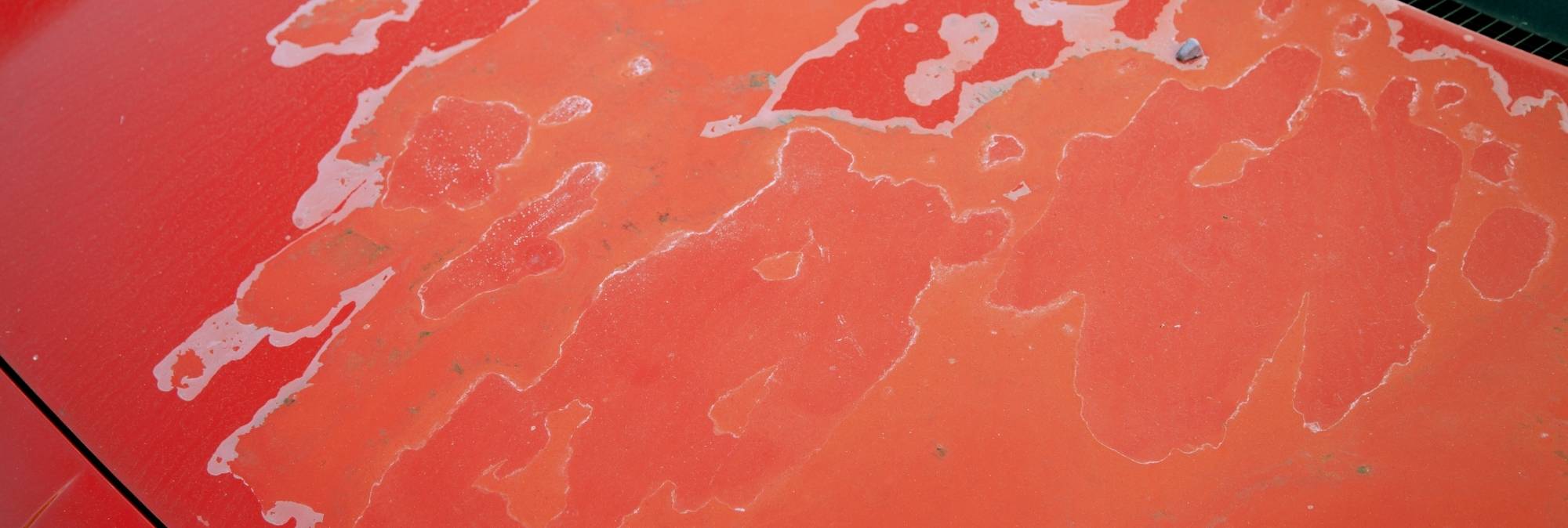February 04, 2020
One of the most infuriating and challenging aspects of running a car wash is dealing with customers who claim that the wash damaged their cars. Ask any operator and they can probably tell you dozens of stories about the crazy things customers have blamed the wash for. In fact, it’s a running joke in the car wash industry — “Car wash did it.”
Some customers legitimately believe the car wash is responsible for scratches and dents they find on their vehicles. All too often, though, people falsely accuse the car wash just to get pre-existing damage fixed.
If your car wash truly is to blame, you, of course, should take responsibility. But bogus claims can really add up, so it’s imperative that you have a plan to fight them. Here are some key strategies.
Prevent Real Damage
First of all, you want to make sure your wash really isn’t causing damage. Besides the financial impact of legitimate damage claims, they can give your wash a bad reputation and make it a target for dishonest customers who want free repairs.
Prevent damages in your tunnel by:
- Checking equipment regularly. Make sure equipment is working properly and safely. Run test washes before opening so you can catch issues before they hurt a customer’s car.
- Installing a full-tunnel management system such as NoPileups to prevent in-tunnel collisions.
- Training employees to be proactive. Employees should be watching for loose items on vehicles that could easily be damaged or cause issues in the tunnel. Specifically, they should check truck beds for items that could blow out of the beds and hit other customers’ cars. Even something as simple as a bungee cord can get stuck in the top brushes and damage vehicles.
Install Video Cameras
Video cameras are the first line of defense against false damage claims. Cameras at the entrance are especially critical as they can prove that damage was present before the car is washed. Consider installing an array of cameras either on the building or on a camera arch so you get a clear view of vehicles from multiple angles, said Curtis Ray, Vice President of Acquire Video Security.
“Typically, in order to refute damage claims, you have to have a significant amount of high-quality cameras at the entrance before the car is ever touched by prep or enters the tunnel,” Ray said. “You need to have a clear ‘scan’ if you will.”
Depending on the length of your tunnel, you’ll also want four to eight cameras along the length of the tunnel as well as another set of inspection cameras at the exit.
“If you don’t have any inspection cameras at the end, you’ll only be able to show that there was no scratch when they entered the wash,” Ray said. “The customer will see that as proof that the car wash did it. An end-of-the-tunnel camera array will show there was also no scratch at the end.”
Also consider other locations around your site, such as the vacuums. Ray recalls one situation where a customer caused damage by stretching the vacuum hose over the car and then tried to pin it on the wash.
When selecting security cameras, be sure to purchase a system from a reputable vendor, Ray said. Get recommendations from other operators. Most importantly, purchase a quality system with cameras designed to withstand the water and weather conditions common to the car wash environment. Ray has seen washes purchase low-end cameras or those meant to be used indoors or under eaves.
“They don’t work,” Ray said. “They will at first, but they are like chewing gum. It tastes great at first but loses its flavor after 10 minutes.”
Signage
Signs do a lot of heavy lifting at your site. They are salespeople, presenting wash menus and promotional messages. They help keep customers safe by directing them and providing instructions on how to properly go through your tunnel. And signs can help reduce and fight damage claims.
 Most car washes have signs stating what they will not be responsible for, including damage to:
Most car washes have signs stating what they will not be responsible for, including damage to:
- Vehicles exceeding a certain age
- Aftermarket parts
- Antennas
- Bug shields
A sign on your camera arch can also help. One operator I spoke with said his arch did a great job of disputing claims, but when he added a “Vehicle Inspection Arch” sign to it, the number of claims went down dramatically. When customers are aware that cameras are scanning their cars, they seem to think twice before making a bogus claim.
Be Proactive
We already talked about how employees should watch for loose items that could create real damage. A proactive approach can also help stifle false claims.
Train employees to look for damage when a car approaches the tunnel. Some washes have employees point at any damage they see and then at the camera. Then if a customer complains, it’s easy to show them that the employee noticed the damage before the car was ever touched, Ray said.
Dealing with Customers Appropriately
Finally, when the inevitable claim arises, it’s important that you handle it properly. First, remember that the customer may not be trying to scam you. Right or wrong, they may legitimately think the car wash damaged their car, so take their claim seriously and be sensitive to their feelings, said Ray.
Here are some tips for how to approach a damage claim:
- Document every single claim, even if you can quickly prove wasn’t caused by the wash, said McNeil & Co. Risk Management Program Specialist Dave Snyder. This prevents the customer from circling back later with their damage claim. It can also dissuade false claims. “Some people who have a habit of making false claims will become less enchanted when they see you want their information,” Snyder said. “They often times look for places that do not have their ducks in a row to get what they want.”
- Get a picture of the damage. This will give you a more up-close image that you can then use to compare with the video, Ray said.
- Don’t view the footage with the customer. Once you document the complaint, tell the customer that you will get back with them. It’s much easier to watch and make sense of the footage without the customer, Ray said. Plus, it gives the customer a chance to cool down. You can then either bring them back to view the video or send them photos from the footage.
- Walk customer through the tunnel. Let them see the equipment and feel the wraps. This will help them understand why the wash didn’t cause the damage.
Make sure you train employees on these procedures so that all damage claims are handled consistently.
“It is important to work through scenarios with staff as training on how to calmly work through this stressful situation,” Snyder said.
Preparation is Key
Damage claims can truly create a stressful situation for everyone involved. But by creating a formal process and following these tips, you can greatly reduce the impact these claims have on your business.
.jpg?width=1500&resizemode=force)



